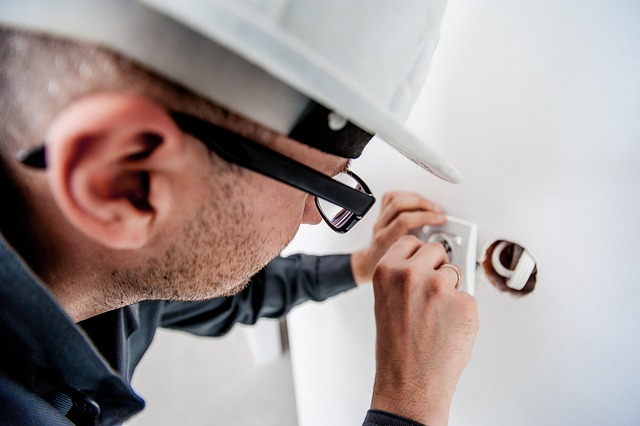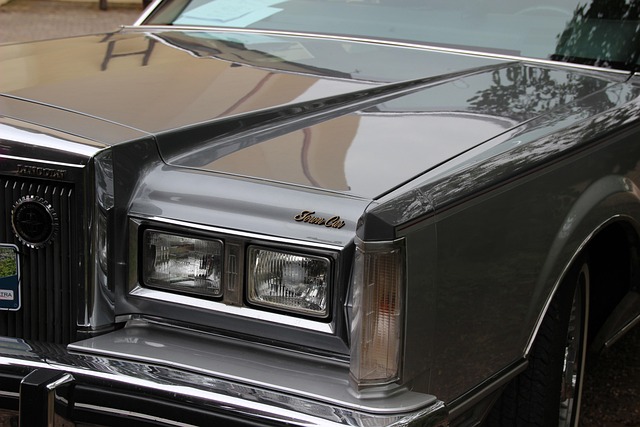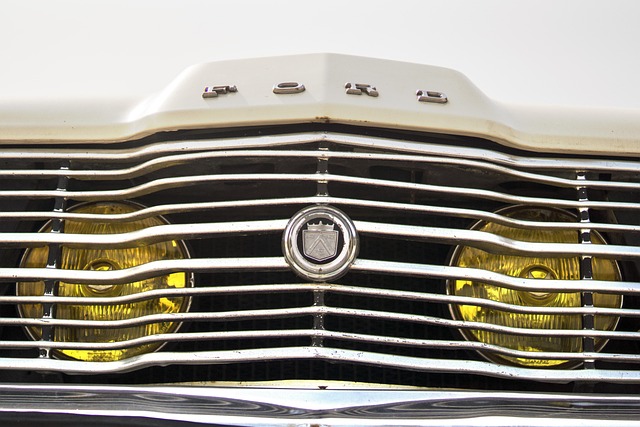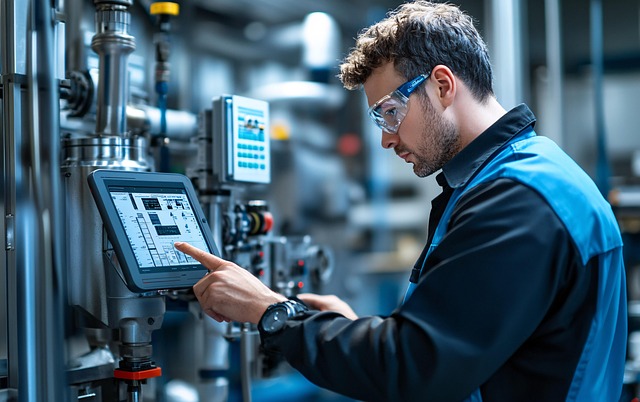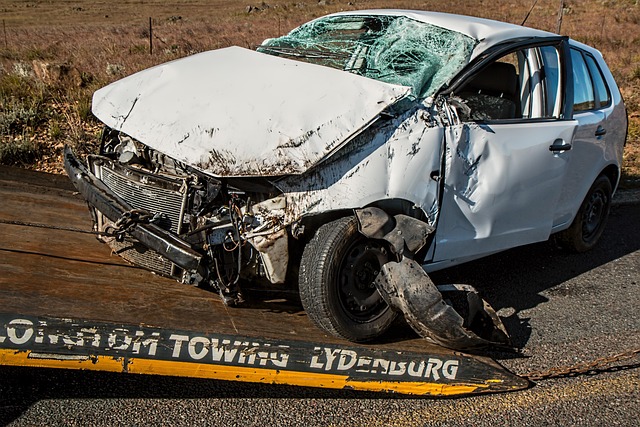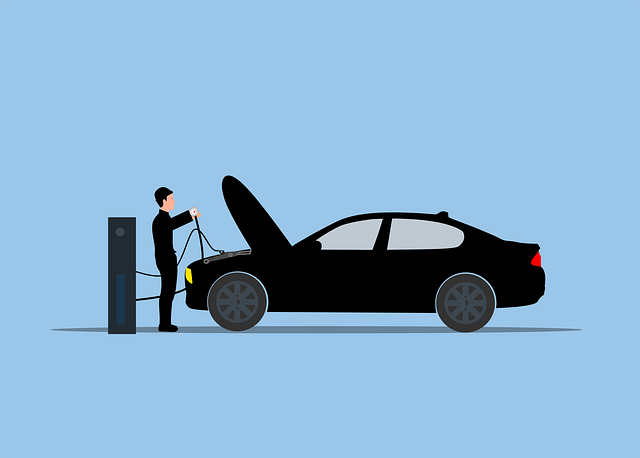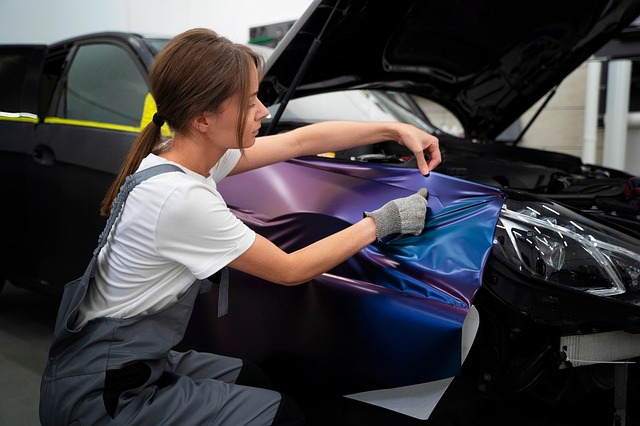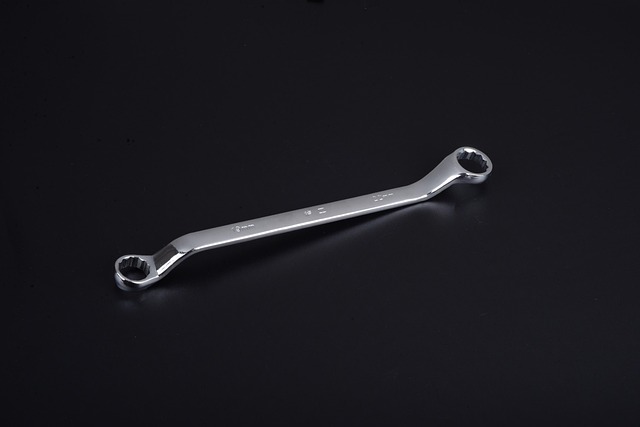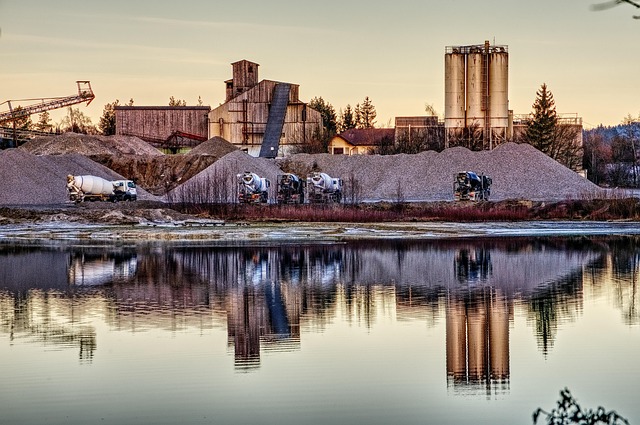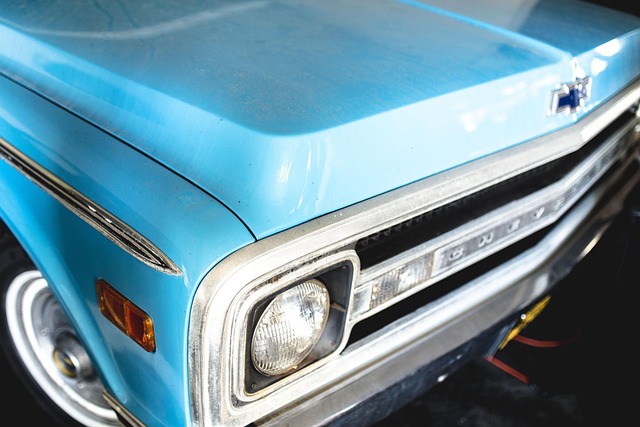Paintless Dent Repair (PDR) is a swift, efficient car body repair method that avoids sanding or repainting, preserving the vehicle's factory finish. Timing varies from 30 minutes to several hours based on factors like dent size, material type, and technician skill. Complex dents, larger damaged areas, and adverse conditions can extend repair times, emphasizing the need for skilled technicians for optimal PDR service. Compared to traditional methods, PDR offers significant time and cost savings, minimizing waste and energy consumption.
Discover the secrets behind paintless dent repair (PDR) time! This comprehensive guide answers all your FAQs with simple explanations. From understanding the PDR process and its advantages to exploring common scenarios for different types of dents, we’ve got you covered. Learn how various factors influence repair duration, including weather conditions and vehicle preparation. Plus, discover tips to optimize efficiency and speed up the PDR process, ensuring a seamless experience for your car’s dent removal needs.
- Understanding the Process: How Long Does Paintless Dent Repair Take?
- – Explanation of paintless dent repair (PDR) and its advantages.
- – Factors influencing the time required for a PDR service.
Understanding the Process: How Long Does Paintless Dent Repair Take?

Understanding the Process: How Long Does Paintless Dent Repair Take?
Paintless dent repair (PDR) is a specialized auto body service that aims to restore your vehicle’s exterior without the need for traditional painting or body shop services. The duration of PDR largely depends on several factors, including the size and depth of the dent, the type of material used in your car’s body, and the skill level of the technicians involved. On average, a simple, small dent can be repaired within 30 minutes to an hour, while more complex or larger dents may take up to several hours.
Compared to other dent removal methods, PDR is relatively quick and efficient. Technicians use specialized tools and techniques to gently push out the damaged area back to its original form, ensuring minimal disruption to the paint job. This precision allows for a faster turnaround time compared to traditional body shop services that often involve more labor-intensive processes and potential repainting.
– Explanation of paintless dent repair (PDR) and its advantages.

Paintless Dent Repair (PDR) is a cutting-edge car body repair method that has revolutionized collision repair shops. Instead of sanding down or repainting the damaged area, PDR uses specialized tools and techniques to gently press and realign the dented panel back to its original shape. This non-invasive approach not only saves significant time compared to traditional paint jobs but also offers several other advantages.
One of the key benefits of PDR is its ability to preserve the vehicle’s original factory finish, ensuring that your car looks as good as new without the need for extensive repainting. Additionally, PDR is typically faster and more cost-effective than conventional dent repair methods, making it an attractive option for both car owners and collision repair professionals alike. This efficient process also minimizes the environmental impact by reducing waste and energy consumption associated with traditional paintless dent repair time.
– Factors influencing the time required for a PDR service.

The duration of paintless dent repair (PDR) services can vary significantly based on several factors. One key consideration is the severity of the dent or damage to the vehicle’s panel. Complex dents that involve deep or multiple impacts will naturally take more time for skilled technicians to assess and accurately repair without painting. The size of the damaged area also plays a crucial role; larger dents may require additional preparation, such as filling or shaping, before the actual PDR process begins.
Another influencing factor is the accessibility of the dented panel. In some cases, reaching and manipulating the affected area might be challenging due to the vehicle’s design or other structural elements nearby. This can extend the repair time, especially for intricate or hard-to-reach dents. Moreover, the environment in which the repair takes place can also have an impact; conditions like extreme temperatures or humidity can affect the performance of tools and the curing process of adhesives used in PDR services. Auto glass repair or replacement, while distinct processes, may also interact with PDR in terms of vehicle preparation and overall shop logistics.
Paintless dent repair (PDR) offers a swift and efficient solution for removing dents without painting, typically taking just a few hours. The duration can vary based on the size and depth of the dent, but it’s a quick process that preserves your car’s original finish. Understanding these time frames allows you to plan and appreciate the benefits of PDR, making it a preferred choice for many car owners seeking top-notch, time-saving repairs.
